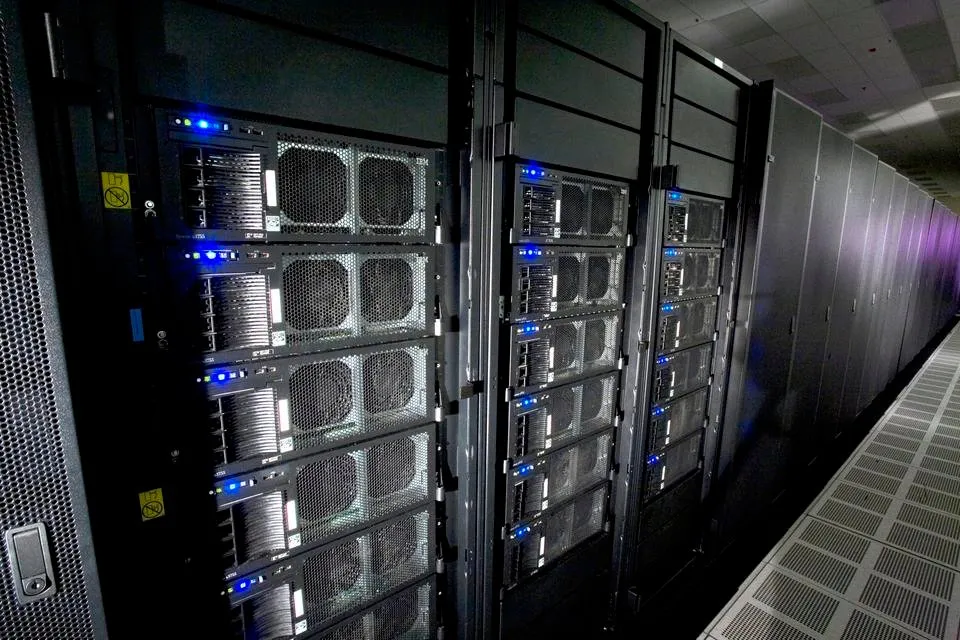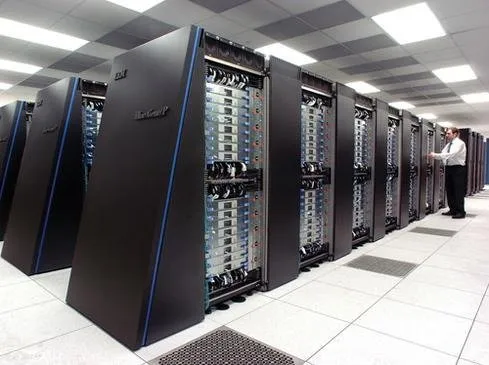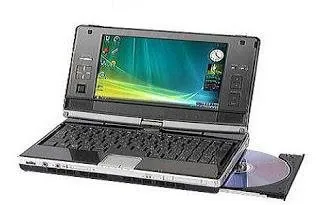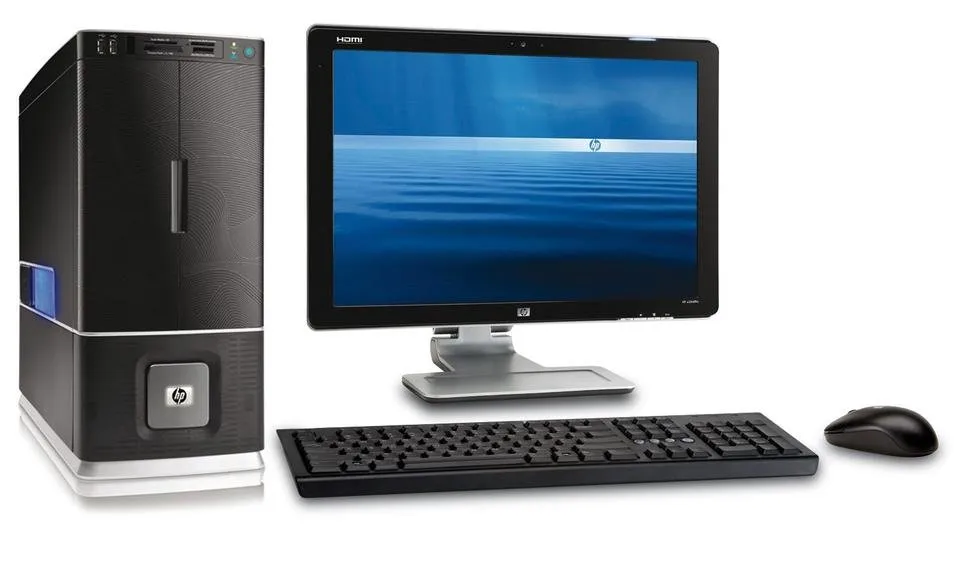What is a Computer?
A computer is an electronic device that manipulates information, or data. It has the ability to store, retrieve, and process data. You may already know that you can use a computer to type documents, send email, play games, and browse the Web. You can also use it to edit or create spreadsheets, presentations, and even videos.
Kind of Computer:
What are the four types of a computer?
The four basic types of computers are as under:
• Supercomputer.
• Mainframe Computer.
• Minicomputer.
• Microcomputer.
Supercomputer:

Photo source
A supercomputer is a computer that performs at or near the currently highest operational rate for computers. Traditionally, supercomputers have been used for scientific and engineering applications that must handle very large databases or do a great amount of computation (or both). Although advances like multi-core processorsand GPGPUs (general-purpose graphics processing units) have enabled powerful machines for personal use (see: desktop supercomputer, GPU supercomputer), by definition, a supercomputer is exceptional in terms of performance.
At any given time, there are a few well-publicized supercomputers that operate at extremely high speeds relative to all other computers. The term is also sometimes applied to far slower (but still impressively fast) computers. The largest, most powerful supercomputers are really multiple computers that perform parallel processing. In general, there are two parallel processing approaches: symmetric multiprocessing (SMP) and massively parallel processing (MPP).
As of June 2016, the fastest supercomputer in the world was the Sunway TaihuLight, in the city of Wixu in China. A few statistics on TaihuLight:
• 40,960 64-bit, RISC processors with 260 cores each.
• Peak performance of 125 petaflops (quadrillion floating point operations per second).
• 32GB DDR3 memory per compute node, 1.3 PB memory in total.
• Linux-based Sunway Raise operating system (OS).
Mainframe Computer:

Photo source
A data processing system employed mainly in large organizations for various applications, including bulk data processing, process control, industry and consumer statistics, enterprise resource planning, and financial transaction processing.
Mainframes use proprietary operating systems, most of which are based on Unix, and a growing number on Linux. Over the years they have evolved from being room-sized to networked configurations of workstations and servers that are an extremely competitive and cost effective platforms for e-commerce development and hosting. Mainframes are so called because the earliest ones were housed in large metal frames.
Minicomputer:

Photo source
Definition: A minicomputer is also known as mini. It is a class of small computers that was introduced into the world in the mid-1960s. A minicomputer is a computer which has all the features of a large size computer, but its size is smaller than those. A minicomputer lies between the mainframe and the microcomputer because its size is smaller than the former one and larger than the latter one. A minicomputer is also called as a mid-range computer. Minicomputers are mainly multi-users systems where more than one user can work simultaneously. Mini computer examples: IBM’s AS/400e, Honeywell200, TI-990
Minicomputer can support multi-users at a time or you can say that minicomputer is a multiprocessing system. Also, the power of processing of minicomputers is not larger than the power of mainframe and supercomputers. These minicomputers can do time-sharing, batch processing, and online processing.
Microcomputer:

Photo source
A microcomputer is a complete computer on a smaller scale and is generally a synonym for the more common term, personal computer or PC , a computer designed for an individual. A microcomputer contains a microprocessor (a central processing unit on a microchip ), memory in the form of read-only memory and random access memory , I/Oports and a bus or system of interconnecting wires, housed in a unit that is usually called a motherboard .